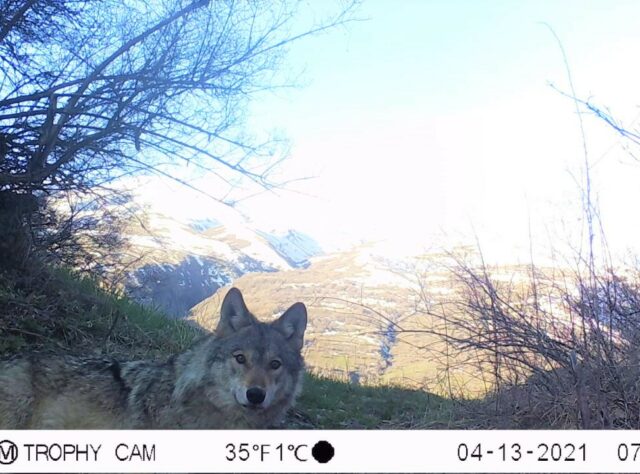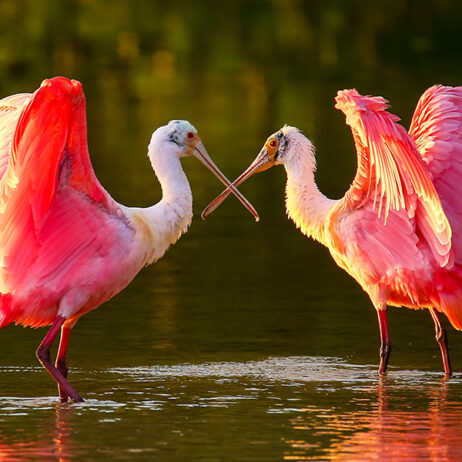
In the Caucasus Wildlife Refuge, Grey Wolves usually travel in pairs, only forming packs in the late autumn and winter. Credit: FPWC.
Where you find a healthy predator population, chances are you’ll also find a healthy ecosystem. By keeping prey animals in check, predators play an important role in maintaining nature’s balance, allowing species throughout the food chain to survive and thrive in their respective ecological niches.
One such ecosystem is Armenia’s Caucasus Wildlife Refuge (CWR), managed by our partner Foundation for the Preservation of Wildlife and Cultural Assets (FPWC).
The 65,000-acre (26,300 ha) CWR is one of the last safe homes for the Endangered Caucasian Leopard, and late last year we brought you the news that a new individual had been identified in the reserve. Now new camera trap footage has further bolstered the CWR’s ecological credentials, with Brown Bear, Grey Wolf and Eurasian Lynx all seen in the same location over the course of a few days.
With FPWC’s land leases renewed each year through our Action Fund, it is World Land Trust (WLT) supporters like you who have made the CWR the ecological success it is today. Thank you! We hope you enjoy these videos of conservation in action.
The bears present in the CWR are Syrian Brown Bears, a relatively small subspecies that could number fewer than 150 individuals. Thankfully, cubs have been spotted on FPWC camera traps!
In 2017, conservationist and wolf expert Saakje Hazenberg travelled to the CWR to monitor the reserve’s Grey Wolf population.
After the Brown Bear and Grey Wolf, the Eurasian Lynx is Europe’s largest predator. Capable of killing prey three or four times its size, this wildcat can consume up to two kilograms of meat a day.

